So, we have now honoured the Chinese saying “Being far, you kick. Being close, you punch” with a few techniques to add to our arsenal. But no fighter is complete without using grappling techniques and throws. We will now observe four techniques that many martial arts consider essential.
1. The Burmese elbow toss
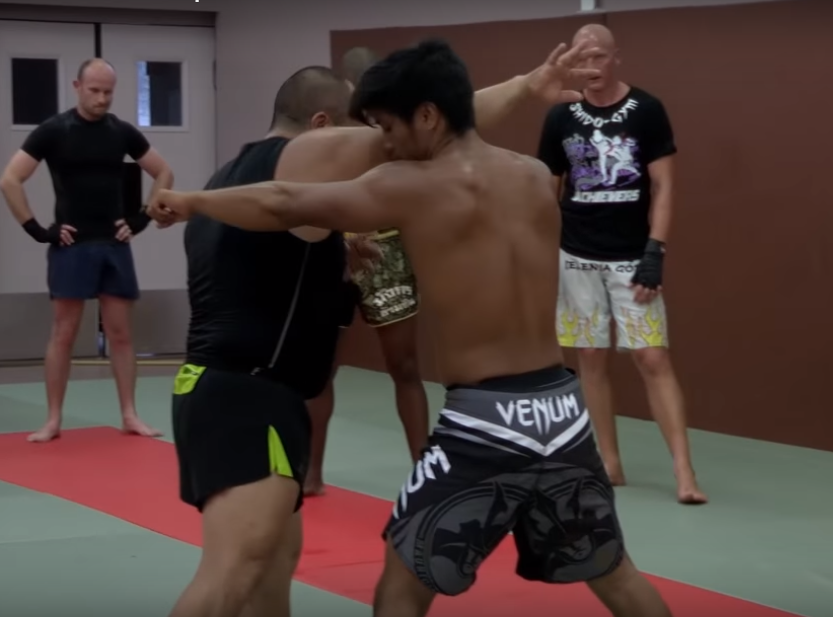
Burmese boxing or Lethwei is particularly efficient in a non-competitive environment as all its competitions are bare-knuckle fights. This move is one of their classics. Muay Thai also uses it extensively.
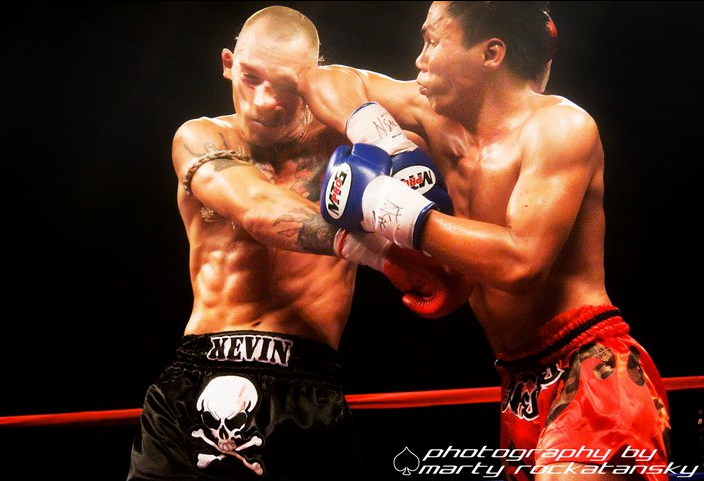
1. It starts with an horizontal elbow strike to stun the opponent or can be used after fading in front of a jab. At the end of the hit, you find yourself close to your opponent, with your body turned sideways
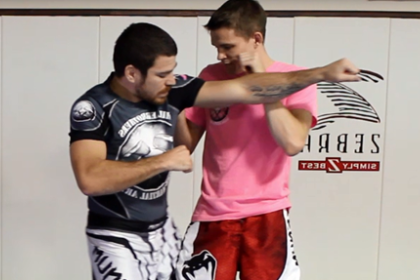
2. Your arm is now on the outside of the opponent’s head and your body bent away from him. You will bring your front leg on the side of his and block it. Your stomach is against is hip
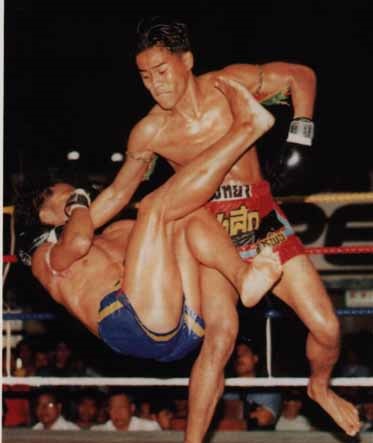
3. While you use a reverse motion (like a spring), you will push his head under your arm and away from your body, while turning your hips. The opponent will lose balance and fall
2. The chidaoba hip throw (ura nage + leg lift)
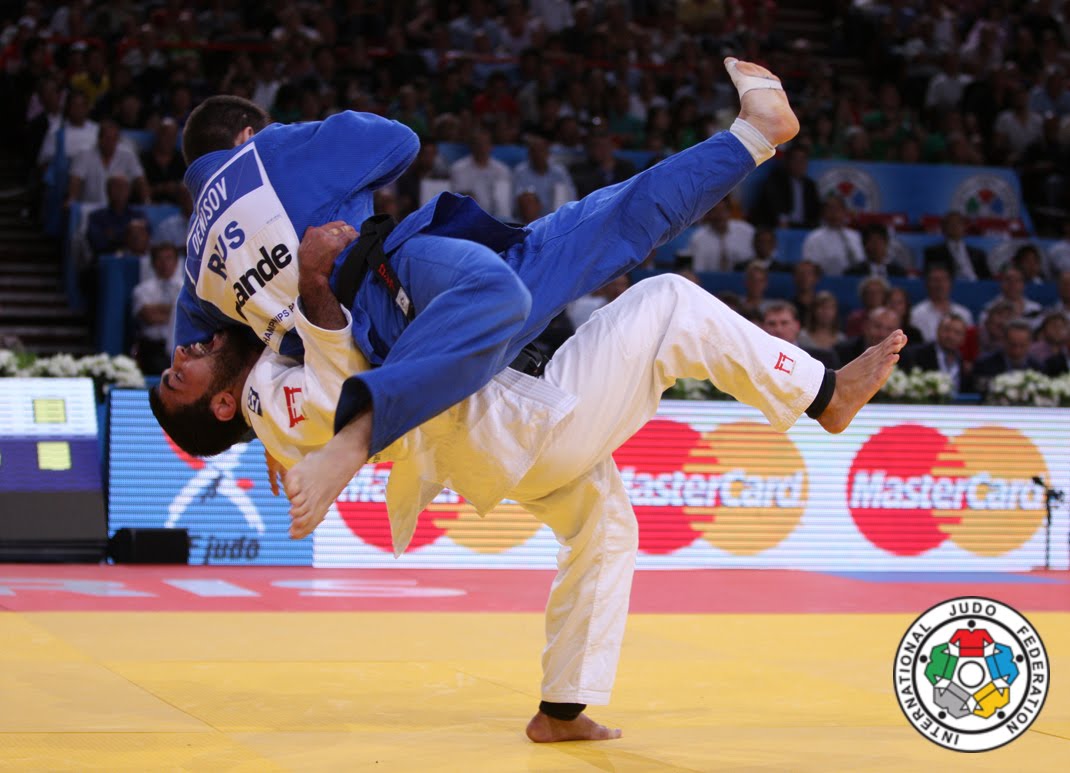
This move is used as a side attack or a counter to an opponent that has his arm over your neck and attempts to throw you over his hip. It comes from the traditional Georgian wrestling called “Chidaoba.” This one is like a wrestling suplex but instead of being directly behind your opponent, you are slightly on his side.
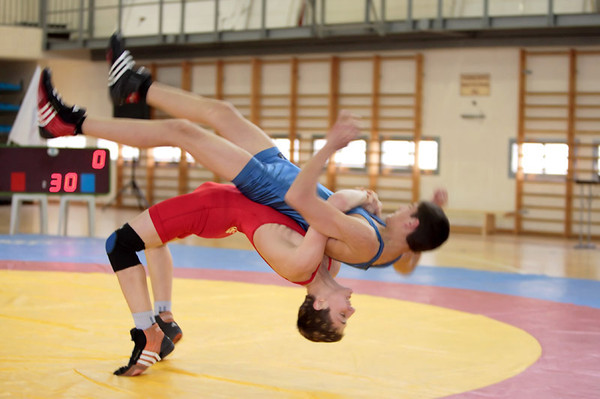
Example of a classic Olympic wrestling suplex
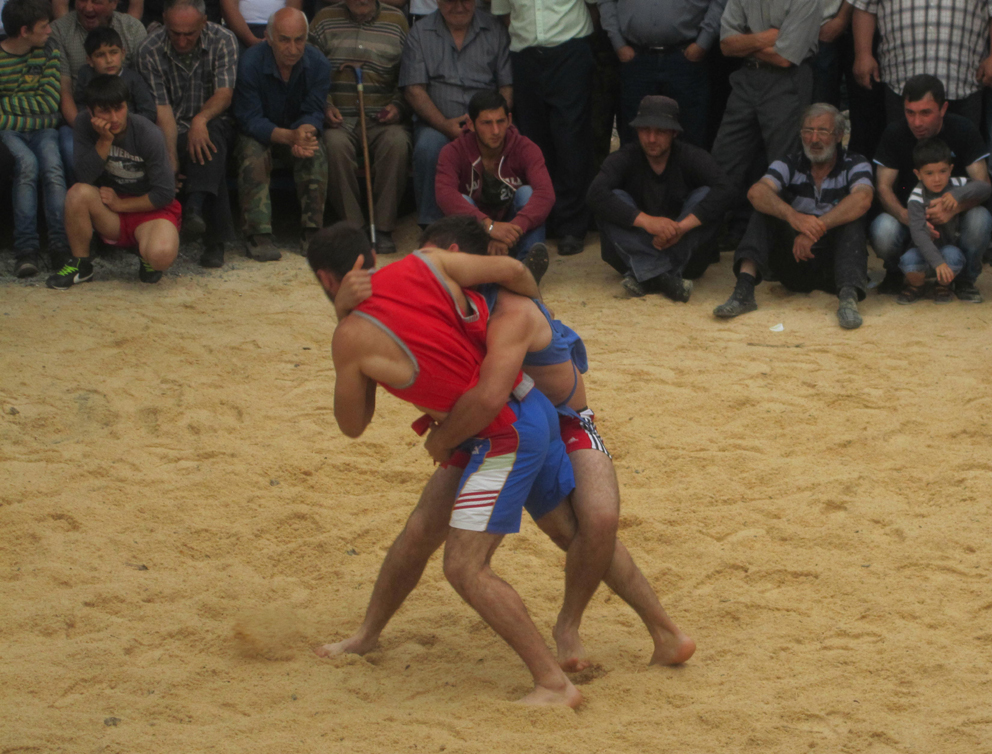
1. It has a similar start as the judo throw “Ura-nage.” You are under the arm of the opponent, as close as possible, slightly under hip level. You start the movement by squatting with a straight back, exactly like under a squat rack. The hand you have behind his back rests flat on his hip. Your other hand can grab any part of his upper body (lapel, shoulder, side of the neck, etc)
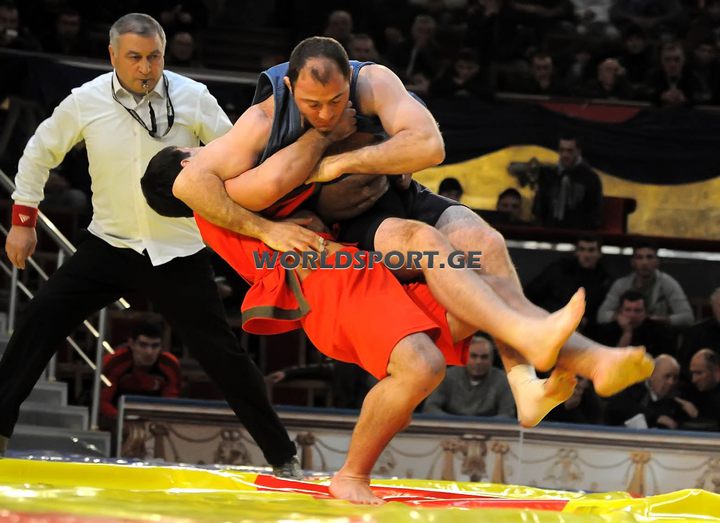
2. You then drive him upwards with the strength of your legs and hips, limiting the strain on your own back. The lower you will go, the easier it will be to lift him. What makes this move particular is that you use the top of your thigh in addition to your hip as you are at the maximum of your extension
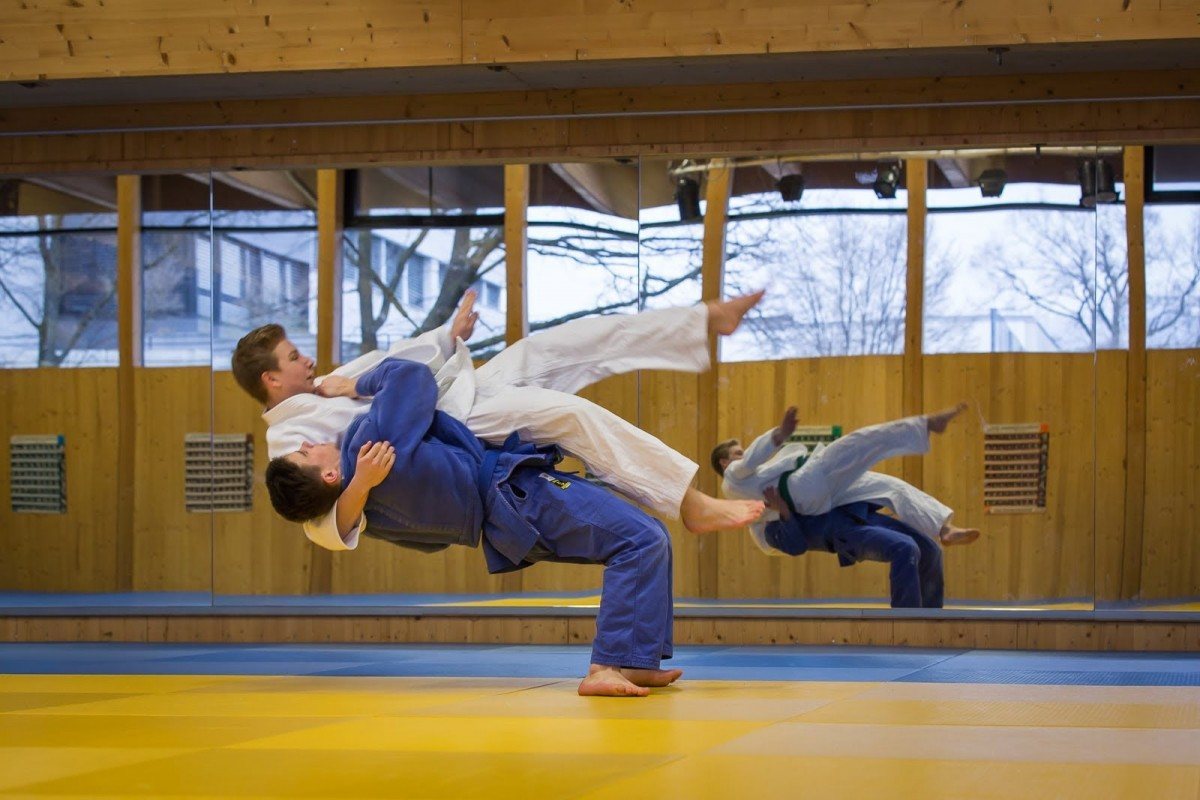
3. It has two purposes: helping with the weight of the opponent to make him fall on his two shoulders (maximum score in competition or disorientation in a non-competitive scenario) and preventing him from hooking his leg between yours to block the throw. Reaching the full swing of the throw, you rotate with your opponent to accelerate his fall with your own weight.
Here it is, perfectly demonstrated on an opponent 80 pounds heavier than the victor. The victim also happens to be the European Champion and the world bronze medalist in Judo.
3. The middle kick counter and inside hook
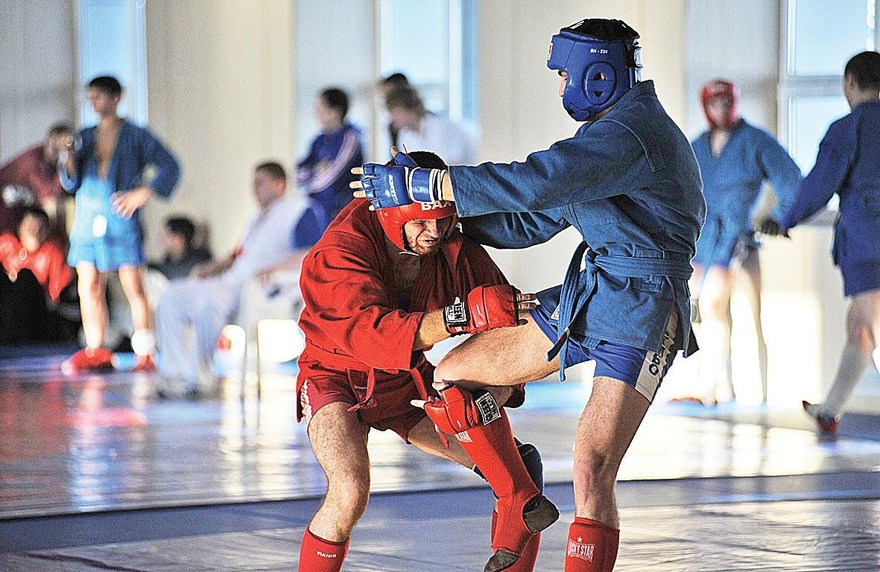
This movement comes from Combat Sambo. This is the most important move I have ever learnt and has helped me a lot both inside and outside the dojo. It is a middle kick block with a throw.
The block in itself is composed of three steps:
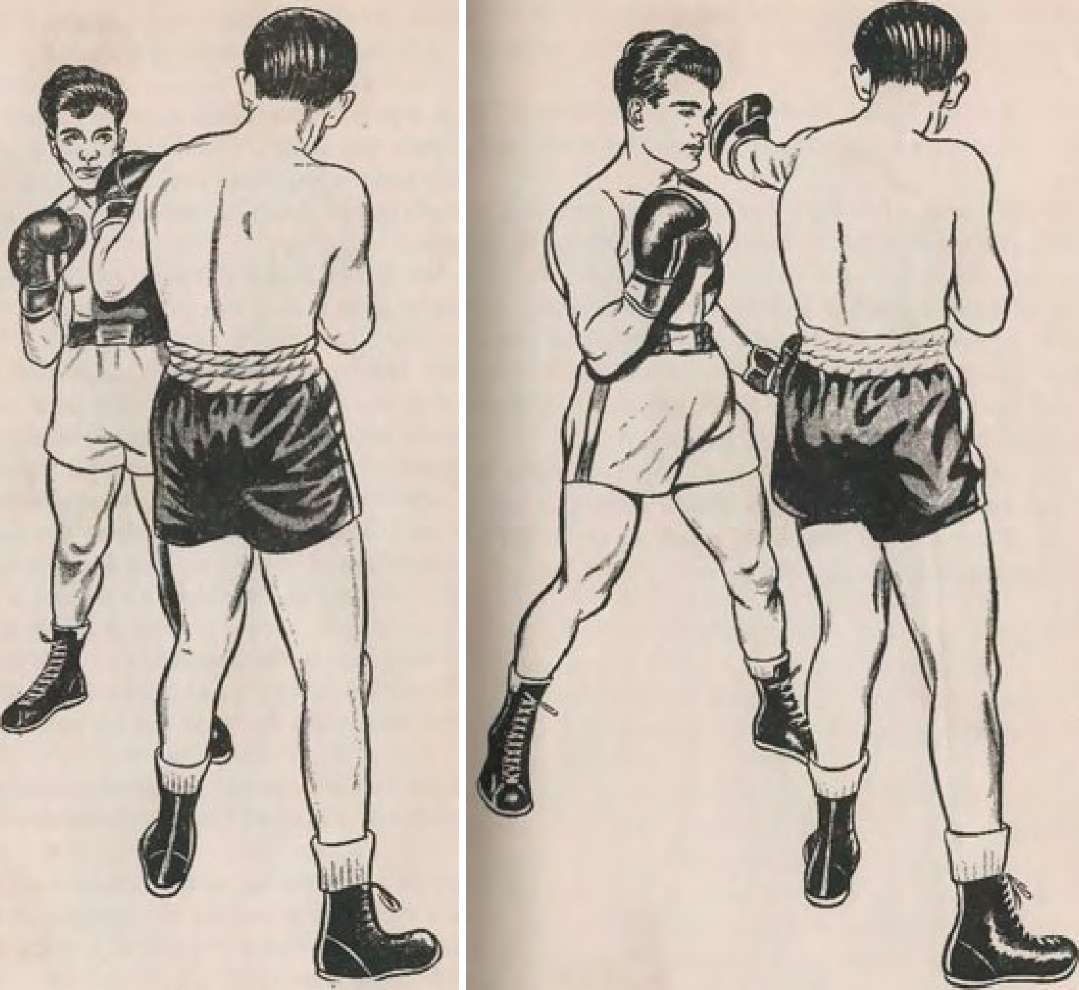
1. As the kick comes towards you, you must side step to absorb some of the force of the hit
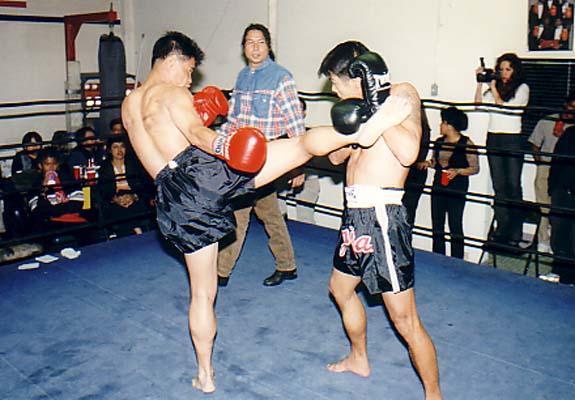
2. From the guard up, you must intercept the kick at ribcage level, by passing your hand under your elbow
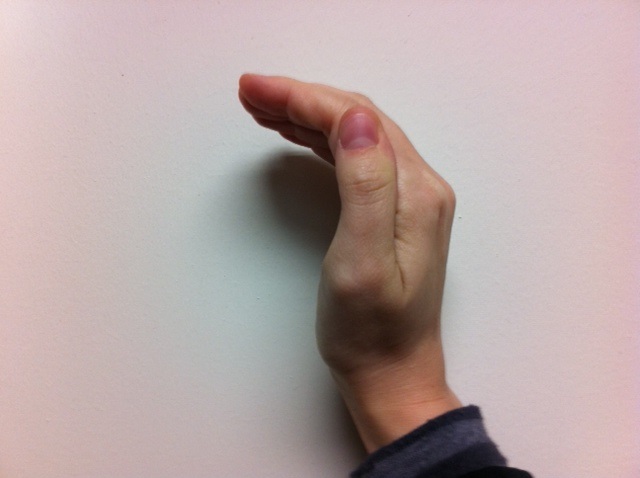
You will stop it with your open palm, to “cup” the coming kick. Too rigid, you will hurt your wrist, too soft, the kick will pass and hit you in the ribs. It must feel like a spring
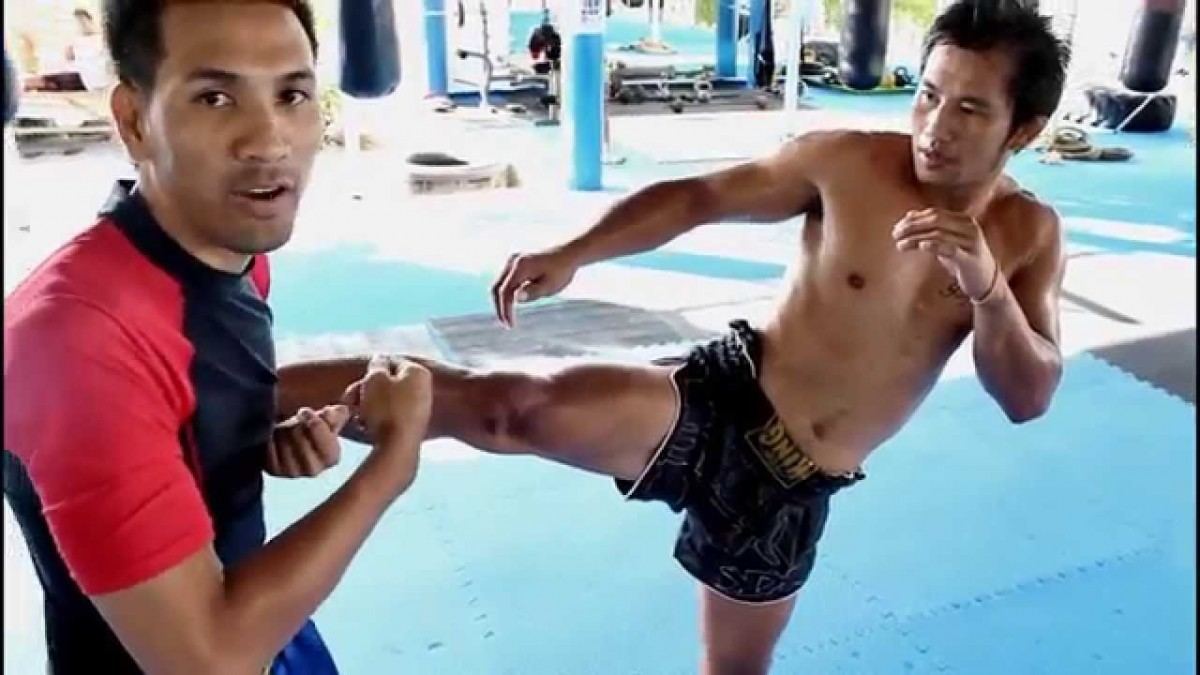
3. You must then catch the foot under your arm and lock it tight under your armpit, before the opponent withdraws it
Then things become interesting:

1. First of all, you must grab the lead arm of your opponent and bend his chest towards the ground, to prevent him from hitting you, as you have only one arm free
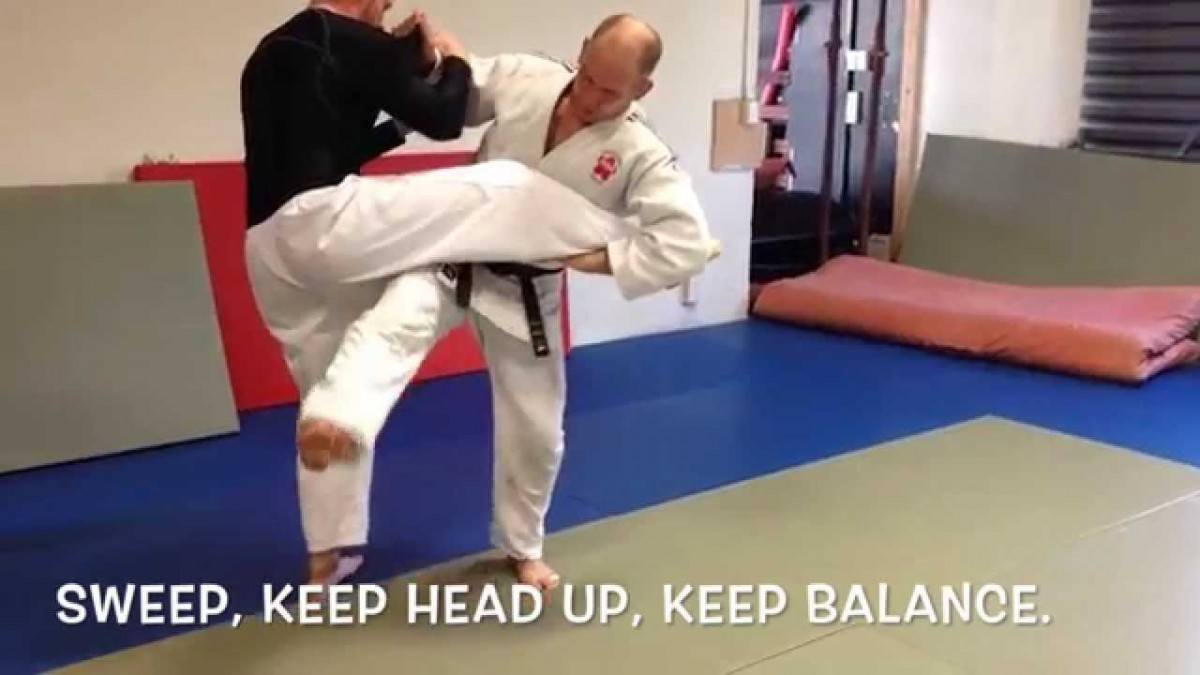
2. Then hook his support leg from the inside while slightly lifting him to make it easier
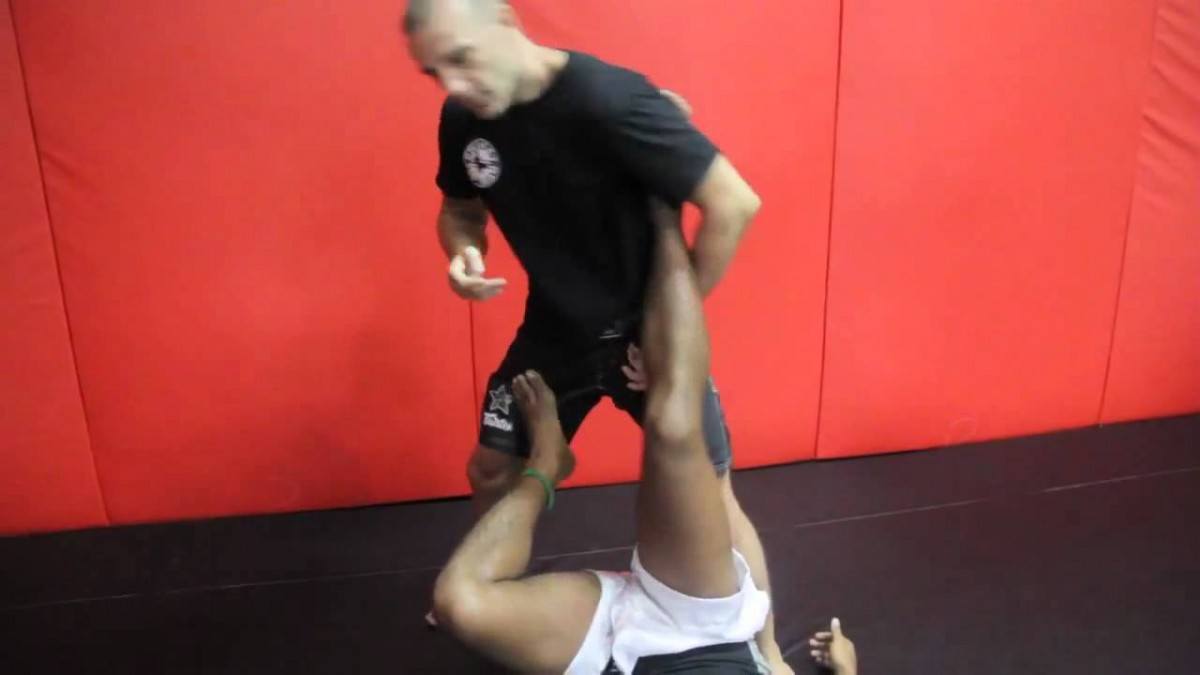
3.You can then finish the move by using a leg submission on his Achilles tendon, stepping on his groin or carrying the fight on the ground
4. Tai Otoshi
This throw comes from Judo and the Japanese equivalent is “body drop.” Both legs of the opponent are blocked, which makes it harder for him to counter. Almost all of the martial arts that use prehension include this technique, which is proof of its efficiency.
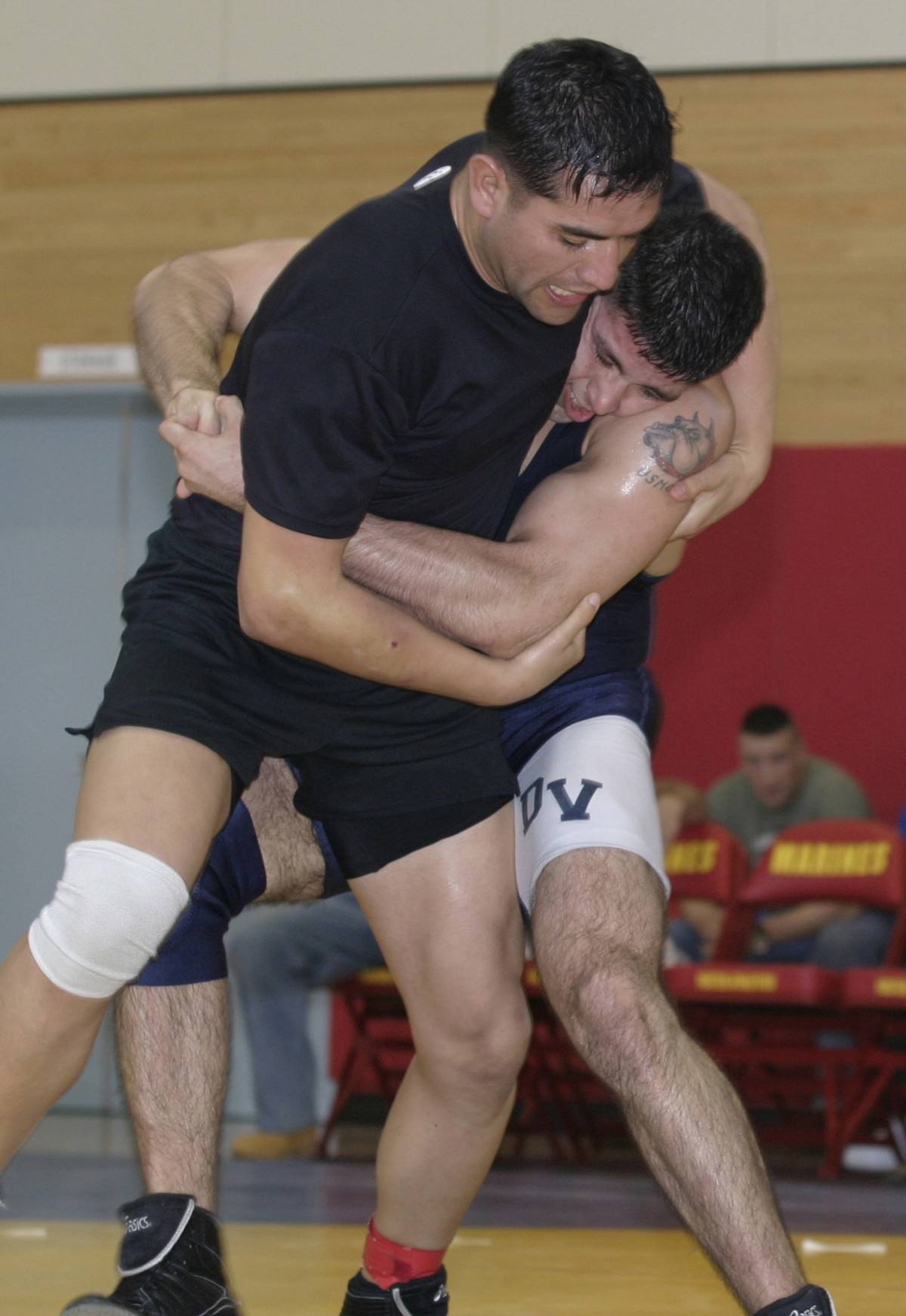
1. The throw starts when your back is in contact with the chest of the opponent. You are either holding him by his lapel and sleeve or neck and wrist/elbow. This move can also be used after punching the opponent while holding him in a side clinch
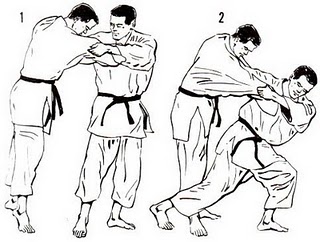
2. You extend your leg (the one in front of the opponent) wide enough to block both his knees while you remain stable on your feet. It is important that you remain strong on your support foot
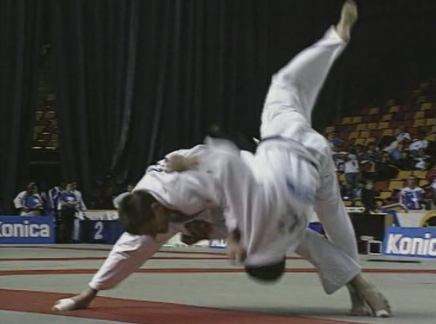
3. Finalize the movement by turning your hips and pulling the opponent towards the ground and the inside
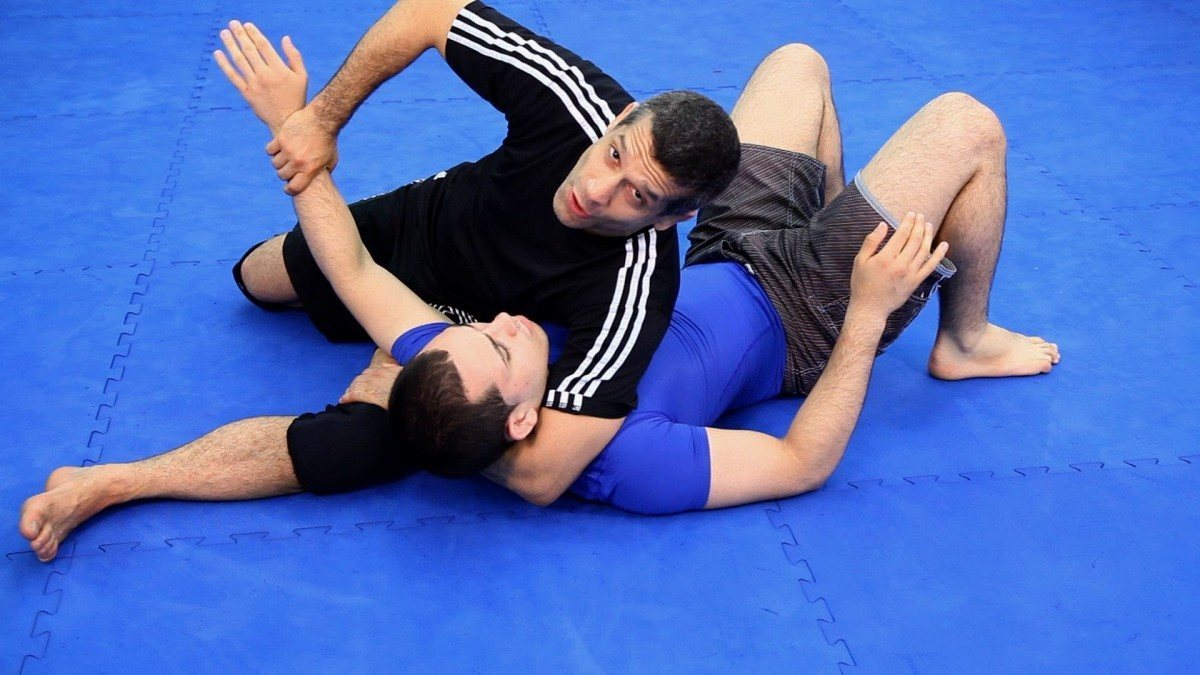
4. Quite often, the opponent can cling to your clothing and bring you with him as he falls. It is not as bad as it seems as his body will absorb the impact for you, hurt him and put you in a good pinning hold (Hon-Gesa-Gatame)
Bosse et progresse
There you have it—effective ways to throw down your opponent and bring the fight to the ground. A good warm up is necessary before a grappling session and practicing throws is an excellent way to work on your cardio.
The next and final installment will focus on delivering the coup de grâce on the ground.
Read More: 4 Effective Leg Fighting Techniques That Every Man Should Know
In regards to throw#3, there’s another variation that we practice in our class. From the position in the picture I have added in from your article, you take the hand that isn’t trapping their leg and push their head down towards their crotch. This will make them do a kind of flipping motion as they fall on their back.
Did a little quick editing in Excel…here’s the trajectory the head would take.
Interesting, certainly would be more damaging than what’s shown in the article, though this variation would likely require more unbalancing to get him on the ground.
You’d be surprised how easy it is to do this to someone from this position. They’re already standing on one leg and the head is very easy to move. It honestly doesn’t take much.
I imagine the result of this well delivered would be utterly devastating while the result of trying to do this and fucking up utterly hilarious.
It’s pretty funny either way even if done correctly because it looks like you’re forcing the person to suck himself.
that’s like one step away from the ancient ninja technique of “i’m not touching you”
I would actually love to have this performed on me….
It’s not gay if you don’t touch it. What movie is that off of? I think one of the jay and silent bob movies.
Probably
I like it, but if in a real fight (non-competition) why not kick to the inside of the knee on the grounded leg, and pull him forward while wrapping your left arm into the final stage of something like, say, hiji tori sayunage (may have butchered that spelling)?
That’s an option as well. Too often people take these techniques and think they can only be done one way with one outcome.
Unabashed, you so tech aware. I am still doing all my maneuvers on MS Paint.
Hah! What can I say? When you’re good, you’re good.
About tai otoshi: within judo, tai otoshi is classified as a hand throw (as opposed to, say, a foot throw), so be sure to really get the pull on the upper body (in fact, a good tai otoshi will throw the guy even without the leg – it’s more like insurance).
And also make sure that, at the end of the throw, your head is facing the middle or opposite side from where the guy started (basically, turn your head the opposite way from what’s shown in picture 2, part 2). This just ensures that you get enough torque to execute the throw.
And with the ura nage/chibaoda, I’d be hesitant to use this on the street, as I’d be hitting the ground pretty hard too. Although if the guy has his head over my neck, my options are pretty limited at that point.
Agreed, on the street, it isn’t really desirable to wind up on the ground at all if it can be avoided, especially if there is more than one attacker.
Assuming you’re going to do the throw and go to the ground, you can rotate as you throw to land on your opponent.
If you’re going to land hard, it’s best to let your opponent break your fall.
Question to the author and others, how effective are these techniques (if at all) if the opponent is much larger than you? Competitively in these martial arts there are weight classes, no?
These techniques can be used on people bigger than you BUT you must set it up properly. If he’s just standing there and you try it, nothing’s going to happen except for you getting pummeled. The key is using these kinds of throws when they are committed to their own attack and you can easily upset their center of gravity.
I actually prefer to use techniques on larger people because the weight can be used against them. Smaller people tend to flail and slip around. I call them Monkey Arms.
When the opponent is larger, two keys: aim at the legs and shift his center of gravity. The more he is put off balance the more diffivult it gets for him to hold its own weight
Interesting fighting tactics, it would be more effective if each move had their own video. But i think many underestimate the effectiveness of these self defrnse moves.
Suplex can actually break necks so it should not be underestimated.
Including your own by the looks of it.
Yep, I have a buddy who ended up in a wheelchair because somebody gave him an improper suplex while sparring. No doubt you can also harm yourself with moves if they are lazily used.
Love this article. It focuses on self-improvement and self-defense all in one.
I did not even know of these, actually.
Osoto Gari FTW. It’s easy to do on non grapplers.
http://www.dailymail.co.uk/news/article-3393393/Man-accused-launching-one-punch-attack-mother-two-nightclub-manager-Mount-Isa-bailed-condition-doesn-t-drink.html
I couldn’t find better footage of it (there was when this was news), the guy was drunk as a skunk, the victim sober & aware the guy was a cock, and the throw sloppily done. But it fucked her up nearly killing her.
You link to a man punching a woman…?
1. He didn’t punch her. (the thug was charged under my states one punch laws though)
2. He was blind rotten drunk and aggressive
3. She was the duty manager and sober
4. His “throw” was very poorly performed worse than a school boy or a white belt
5. Despite being poorly done she didn’t have a chance because (a) she was in what Geoff Thompson would say was condition White (just begging to be a victim) even though the guy was being aggressive and was drunk (b) she assumedly had no training in how to fall which compounded her injury when she struck her head on the concrete
To satisfy the white knight in you here’s a smaller weaker woman using Seoi Nage achieving the same result (fucking up her opponent)
http://www.youtube.com/watch?v=MRTsabfMTgs
You’re certain it wasn’t a punch? In any case, throwing a woman… Not hard.
This happened in my state in Australia. The town it happened in is a mining town with more than it’s fair share of violence. But I digress.
There was better footage shown on the TV of it (from multiple angles) and the guy pushes her in the chest using the inside of his right forearm and had his right leg behind her left leg. He didn’t appear to draw his leg back though.
Bonus story from that town (Mt Isa). Years ago I came across an advertisement from the local Police where a female officer was teaching women’s self defence classes. I remarked that to a friend whom was a Police officer. He got really angry and told me that nobody will work with the officer teaching the class because when she was on duty in Mt Isa her partner and her were attacked by a gang of locals. She locked herself in the squad car whilst her partner was getting flogged. She didn’t even call for help, just cried. Luckily off duty cops happened to be passing by (out on the town) and they came to the rescue. So the self defence instructor can only ever work in the office or by herself. Knowing she’s on a good thing (great pay and entitlements, respected career, promotions and secure job) she’s willing to wear the hatred of her co-workers.
OK understood.
Yeah that’s something I often say to people who have formed the false impression that a female martial artist can actually fight. The bottom line is, when the shit goes down, who do you want at your side? One of your toughest friends… or a chick?
There is a certain irony to that female cop teaching self-defence…
Btw just caught something else. The White Knight in me? Eh?
I take back the White Knight comment as I’ve read plenty of your other posts. I just took your comment about posting a video of a man hitting a woman as white knighting
OK fair enough.
It’s also extremely dangerous to the victim, as the dailymail link shows.
Osoto gari as the issue of all the counters that can be applied to it. Lovely throw but it needs to be done on somone inexperienced
Very difficult to see who’s throwing and who’s getting thrown in many of those pics.
This is why there are written instructions
Throws have alot of problems not the least of which getting into proximity to begin with and if they have bare sweaty arms, just forget about it(here would you please put on this thick strong judo outfit so i can throw you sir??). Just a basic head and arm sag(not throw which is showy but leaves them far away from you) or a back trip to the side if you are behind them(usually head is the first thing that hits if you have captured one arm as well). This comes from five years of wrestling.
Street Fight = survival
Spots = competition
Real grappling for the streets = Jujutsu (Japanese Traditional Jiu Jitsu)
https://en.wikipedia.org/wiki/Jujutsu
Kickboxing + Jujutsu = all you need on the street.
– Ju-Jutsu (DJJV) – Effektive Selbstverteidigung
– Ju Jitsu: Fighting and Duo
(pay attention to “self defence” and “duo”)
– Hokutoryu jujutsu demo 2014
A catch wrestler would destroy a judoka and they have numerous times-catch wrestling is more effective because it a much more brutal system and also teaches you lovely things like neck cranks among other things.
Problem being is, the closest actual teaching we have to Jujutsu is actually Judo, and in a no holds barred fight contest between Judoka and Jujutsu practitioners (the ones still alive way back then) which happened in order to have the new Japanese police force choose a winning art for it’s police force, the Judoka won 10 out of the 12 in a no holds barred fight. Teaching a person to go for weak spots, such as small joint manipulation, eye gouging, ball smashing moves is effective, but when you focus on that, more than the actual grappling, you’re begging to not be an effective fighter.
And to Burning Hammer, you’re correct with today’s Judoka unfortunately. The ones back then would do everything, recent Olympic Rules have destroyed Judo. Judo used to be wrestling with all moves allowed, and with most of the grappling of todays BJJ.
easiest “throw” to do if you are in close, push face, pull back of knee. either hand from either side. minimal effort and he will go down fast.
Easier yet, assuming we’re not at throwing blows phase, is to step on one of their feet and whilst holding that in place shove them in their chest. Straight on their arse they go with no real risk of injury to them other than pride
These are good but where is a simple double leg takedown?
It is fairly simple and especially after blasting a flurry of punches to the face or a big explosive overhand right followed by a a level drop, a power double leg will have nearly every bitch ass motherfucker’s back on the ground while you rain down vicious punches or a terrifying stomp leveled down with furious intent on their pathetically helpless dome piece.
Just make sure you don’t stick around for the cops.
I thought about including it. Then i thought that due to the mediatisation of the UFC, every reader knew already how it worked. Definitely in the tool box
When kicking or stomping the head, how hard would you do it?
It seems like an effective technique once your opponent is on the ground and disoriented and you want to make sure that he doesn’t get back up, but I’ve never seriously considered it as an option until reading a few books by Geoff Thompson. Geoff seems to have employed this technique numerous times during his days as a doorman and he never killed anyone, although he did have a few scares.
You seem to be speaking from experience, so I’m curious if you pull your stomps/kicks to the head or if you use most of your force.
Accurately visualizing these types of scenarios is important to me, so I would like a bit more reference before I decide in my head that a violent punt or stomp to the face won’t kill a guy so easily.
Whether stomps, or standing punches/kicks to the face I always keep fighting until they are no longer moving. Nothing more nothing less.
I never start fights when I am in public. I got paid to fight in front of crowds of thousands. Getting in a fight publicly is a huge liability and one likely to COST me. People that start fights in public are weak and insecure majority of the time.
However as the first world becomes more tribal and barbaric, engaging in violent altercations will become more common. The likelihood of savage violence wildly careening into the feeble facade of polite society’s delicate lives will drastically increase.
That is why males must be born again into a new life rising from the ashes of mediocrity. Only the refining fire of constant mental and physical training will give the tools needed to survive and dominate.
So, you would stomp as hard and as many times on someone’s face until they stopped moving?
It makes sense to me, in theory, but my concern would be killing the guy, which could get you locked up and punk’d for 15 years just because you wanted to end a fight in a satisfactory fashion.
The question is how hard you’re willing to hit the dude with your heal/toe in his face in the first place. And more interestingly to me, how hard you CAN hit someone before killing them. Not categorically, but perhaps from your experience or what you may may have learned through professional instruction, etc. Seriously, I’m just interested in practical experience here… what can I expect when healing someone’s head on the ground or toeing their cheek full force with my boot?
Man, fuck Disqus. I can hardly write, let alone edit my posts. Please bear with me.
Doesn’t seem like SavageLifestyle is gonna answer that question, even though you’ve asked twice.
I would say that the moment to stop is when he stops defending. On the floor, a few hits given, he changes from a defender (one that waits for an opportunity) to a turtle (just defending and hoping for the best, like the intervention of an outside force)
Bear with me… Disqus is being a bitch.
I guess the point is that I wouldn’t stop attacking until he went from a turtle to a wet noodle.
If I happened to land a chin-shot that put a dude on the ground, then, as Geoff Thompson might do, I stomped on his head to make sure that he didn’t get up, how hard would should I stomp?
Great article. I haven’t explored much in the way of grappling & throws apart from a few training sessions a few years ago with a friend who used to compete as a freestyle wrestler in university.
I’ve got a greater comfort zone with the striking aspects. This makes me wanna get back to training again.
Merci beaucoup for another well presented article, Jean.
Thanks frank
I wouldn’t say these are throws every man should know and I certainly cannot recommend any throw that requires that you grapple with or go to the ground with your opponent (in a combat situation). Both of these are suicide. And the kick throw will have limited application in combat for obvious reasons.
Any throws that you do in combat should be finishing moves after you have essentially disabled your opponent.
All of those can be used with dropping the opponent in mid air so he crashes to the ground before you kick him on the floor for example
What’s the opponent doing in mid air?
A shoryuken
Definitely. Throws have their place, but avoid grappling if you can and stay off the ground. Easier said than done, I know. Our school taught a lot of ground manuvering toward getting away and on back on your feet while keeping the other guy at bay. Great core training!
I was a cop for four years and a state wrestler in high school. Ground game is great but avoid going to the ground in a street fight if you can. His buddies, girl or strangers will take cheap shots at you and you can’t see them coming or move out of the way.
When you are in a clinch its nice to know how to win and even better if you can do it without going to the dirt.
Im not familiar with n°1, maybe because I’m not familiar with martial arts from that specific corner of the world. 3 and 4 are OK, but I disagree with Ura Nage for a non competitive scenario, for reasons we are all know.
My personal favorites for a non competitive scenario are:
1. Koshi guruma:
2. Tsuri goshi:
3. O sotu guruma
I used the chiadoba once on a guy who grabbed me as I was leaving a bar one late night. He was trying to show off for a group and decided to try and headlock me as I was walking by. I lifted him right up and flipped him onto his ass…that was that. I then kept walking towards the exit door
I learned something similar from Mantis Kung Fu. They get you in a head lock, you lift their leg and push their head back, then spin them and bring them down on your bent knee. Never used it.
I rarely comment on here. I am self aware enough to realize that I am not knowledgeable enough in certain areas to comment on every article, like many posters here seem to do. That being said, the comment section here is filled by people who obviously don’t know anything about combat, and are spreading lies that can get you killed, lies such as “don’t ever go to the ground, BJJ and wrestling sucks and is gay”. So I am here to dispel those lies, and as a guy who used to be a MCMAP instructor in the Marines (Marine Corps Martial Arts Program), and a current MMA fighter, I feel my opinions hold some weight.
I can actually educate readers IN THIS subject, if they’re willing to listen to me, and do their own research. I was always a fan of Martial Arts since I was 6 years old due to Jean Claude Van Damme movies, I started doing all sorts of Martial Arts, from boxing, to wrestling, to muay thai, judo, sambo, sanda, etc. These are martial arts that have moves that can be practiced on fully resisting opponents. You develop traits, traits like stamina, strength, endurance, coordination, speed, technique, timing, confidence, knowledge in your strengths and weaknesses as a fighter, etc.
When I joined the Marines, I saw just how effective these traits were. Though I never have been a tall man, or the strongest man, my 5’10 medium build was enough to win any fight in training with people bigger than I and smaller as well. From pugil sticks, to rubber knife fighting, etc, I was able to put speed, precision and perfect timing into every blow, and come out on top in every chaotic grapple (literally and metaphorically). When I became a MCMAP instructor, I quickly learned that all military combatives, are quick crash courses on combat, so in that the extremely unlikely scenario a hand to hand combat fight happens in the modern day battlefield, they’re not completely useless. Army Combatives, MCMAP, Krav Maga, etc, don’t even hold a candle to MMA fighters in comparison.
Many people on here underestimate grappling, they tell you to abandon grappling training, to just study a striking art. Here are some things they need to consider;
*A bigger opponent will rush you, and unless you land that powerful, unlikely KO blow as the first blow, you’ll most likely engage in a grapple.
*If you don’t study grappling, then it becomes a strength vs strength battle in the grappling department, your bigger opponent now controls you.
*Grappling teaches you to take someone down to the ground, as well as get up from the ground. If you get taken to the ground, with someone on top of you, you’re even more likely to get rushed by his friends, or get hurt by a weapon, than if you’re on top with your option to disengage.
*Take-downs on concrete are horribly demoralizing to the opponent, due to their nature to wind the opponent, knock them out, or even very likely, kill and paralyze them. Personally, I’d use my grappling to land takedowns if I were to be grabbed, something extremely likely to happen in a fight.
*Knowing grappling will improve your striking. You can strike freely, without worrying about being taken down. How can you strike against one or multiple opponents if you get clinched or taken down? Use your grappling to strike, and vice versa.
*A Grappler has control of their opponent, whether they’re on top, or you’re on top, or it’s a clinch, they can quickly switch the position at will, who’s more likely to be able to eye gouge, bite noses off, tear off ball-sacks? For those of you who say fighting dirty is all you’d need against a grappler, the person with the control of your body, will choose what happens.
*The idea of stopping a clinch or double leg takedown with a KO blow is doable, but statistically improbable. Which is why top level elite boxers and kick-boxers who try their hand at MMA have embarrassing loses to literal nobodies in the MMA world.
*Being an evolution from some sort of primate type creatures, grappling comes infinitely more natural to us than striking.
*For those instances where you need to control someone without excessive damage that can later on land you in jail, grappling works perfectly.
*MMA fighters focused on grappling can submit other MMA fighters within seconds of the fight starting. A trained grappler can break the bones of a random thug in seconds, putting the opponent out of the fight, making it just as effective as a KO.
*A grappler is more likely to survive a knife attack, there is statistical evidence for this, but this belief of mine comes purely from my work as an instructor. Seeing day after day the new young Marines who did Judo, High School Wrestling, Bjj, etc always come out way better in simulated knife fights with rubber knives than the guys who studied striking. This is in fact due to the nature of disarming a knife or a stick, the nature of it is grappling.
Truth of the matter is, with people all over the world having slowly becoming more civilized, hand to hand fighting, even with weapons, is not the norm, and has not been for many years . Even the most poor, third world countries have firearms, so they have lost their art thought technology, the same way today’s male has lost the ability to read a map.
The Spartans, the Greek Hoplites, the Mongolians, the Japanese, the Knights of Europe, all trained in grappling on their way to becoming elite warriors. They recognized the immense importance of control of their opponent if caught off guard without a weapon, or engaged in a chaotic grapple in the middle of a battlefield. So once must ask themselves, who knows more about fighting with knives, melee weapons, and bare handed? The posters online screaming that “grappling is useless” or the Warriors of old who used this countless times in the battlefield and in their streets?
I’d also like to add, that I wouldn’t necessarily go only for the take-down either, I’m not condoning JUST grappling, both striking and grappling are equally important is what I am trying to get at. Every fight is different, you do what is best at that moment. If the situation calls for a left hook to the jaw, or a kick to nuts, or an elbow to the back of the head, or a slam head/neck first on concrete, or for you to pull out your Glock, that is what you do.
Thank you for your post
“”Army Combatives, MCMAP, Krav Maga, etc, don’t even hold a candle to MMA fighters in comparison.””
I thought Krav Maga was taught in the military…..
Awesome. I hope you will write articles here.
I honestly expected the Double/ Single Leg Takedown to be on this list. Along with the Sacrifice Throw and Uchi Mata. The Kick Catch to Single Leg Reap is definitely important I think.
I’m surprised not to see.:
1. grab both legs at the knee joint and pull
2. O goshi hip throw (the fundamental throw at judo